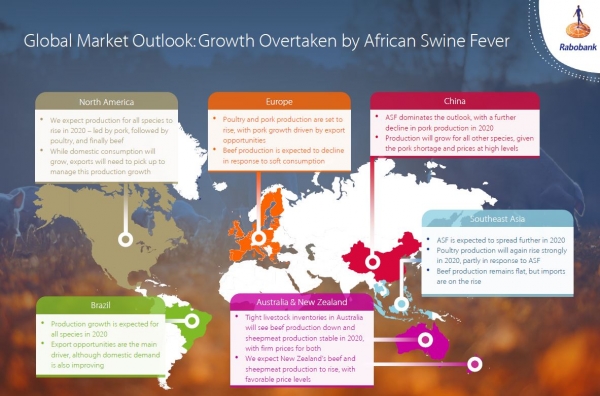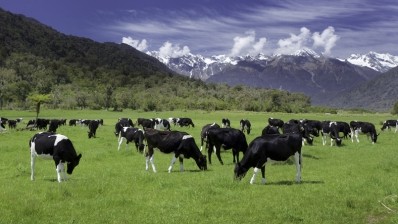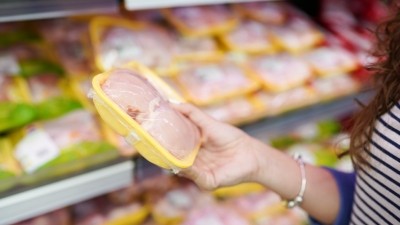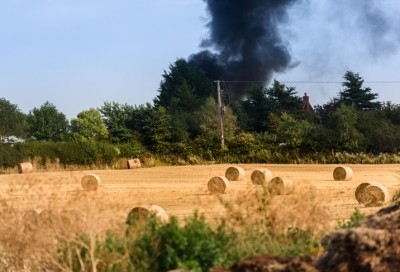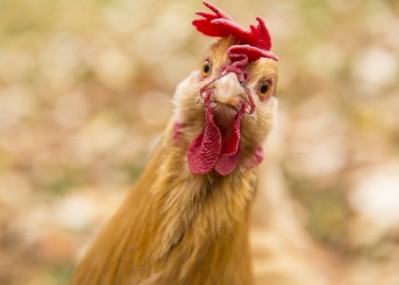Feed prices forecast to stabilize in 2020
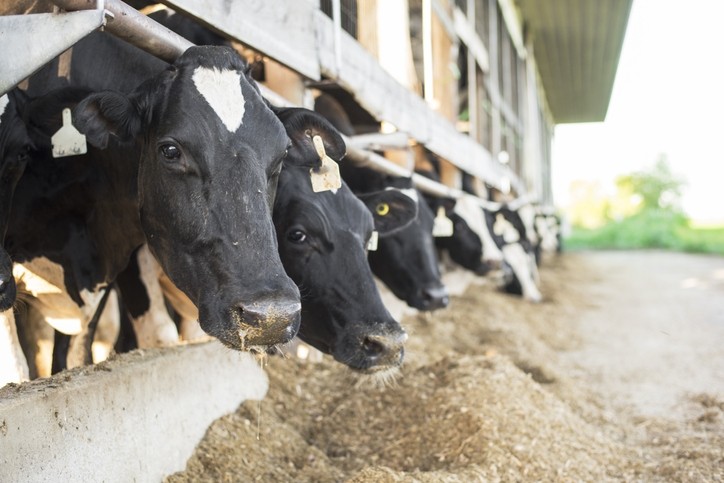
Weather risks could create imbalances in certain regions though, noted the analysts at the Dutch bank.
Looking at North America, the team said that as demand for US corn exports dropped for a second consecutive year, and given expected higher acreage next year, corn prices should stay below US$4.00 per bushel in 2020. Lower soybean ending stocks for 2020, compared to 2019, are expected to support prices.
“We expect a higher acreage, but prices could remain low if the US-China trade war continues.”
For the Brazilian market, they said grain exports are expected to benefit from a strong US dollar, which should reduce US competitiveness in international markets and increase demand for Brazilian corn.
“Soybean exports might be challenged if the US and China reach a trade agreement. In this case, Brazil may struggle to export extra supplies and would likely crush domestically, reducing local protein meal prices.”
In Europe, the harvest for wheat and barley is expected to be better than initially anticipated for 2019/20, found the report.
“Wheat is expected to rebound in animal feed inclusion rates, given ample supplies," wrote the agri-commodity and livestock market specialists.
However, feed prices will depend on imports of corn from Brazil and Ukraine, along with EU wheat exports, they noted.
As the impact of ASF continues to be felt in 2020 in China, demand for feed grains will be lower than in 2018, but slightly higher than in 2019, they said.
“Demand for feed will help prices recover, but not enough to offset the decline in 2019. Lower stocks for corn will add upward pressure to feed prices.”
In Australia, the report outlines how drought continues to impact production and reduce exports. Domestic wheat prices have been trading well above global prices for two years, making it difficult for Australia to compete in global markets, said the analysts.
Ongoing high Australian prices are likely to shift demand away from Australia to the US, Canada, the Black Sea Region, and Argentine-origin grain in 2020, they added.
Rabobank’s view on livestock and poultry production regionally for 2020:
Justin Sherrard, global strategist animal protein at RaboResearch Food & Agribusiness, said there will likely be continued insecurity in the global animal protein market next year.
"Besides the impact of African Swine Fever (ASF), many trade disputes and issues are causing uncertainty for global animal protein, with the US-China trade war the most apparent, but not the only trade uncertainty. In addition, the ongoing rise of alternative proteins also adds to the uncertainty, even though Rabobank has a less bullish view of alternatives than others do.”
North America:
Rabobank expects production for all species to rise in 2020 – led by pork, followed by poultry, and finally beef. While domestic consumption will grow, exports will need to pick up to manage this production growth.
Brazil:
Production growth is expected for all species in 2020. Export opportunities are the main driver, although domestic demand is also improving.
Europe:
Poultry and pork production are set to rise, driven by export opportunities. Beef production is expected to decline, in response to soft consumption.
China:
ASF dominates the outlook, with a further decline in pork production in 2020. Production will grow for all other species, given the pork shortage and prices at high levels.
South-East Asia:
ASF is already affecting pork production and is expected to spread further in 2020, impacting production. Poultry production will again rise strongly in 2020, partly in response to ASF. Beef production remains flat, but imports are on the rise.
Australia & New Zealand:
Tight livestock inventories in Australia will see beef production down and sheep meat production stable in 2020, with firm prices for both. Rabobank expects New Zealand’s beef and sheep meat production to rise, with favorable price levels.
We will report on other findings in the Rabobank animal protein outlook over the coming weeks.

